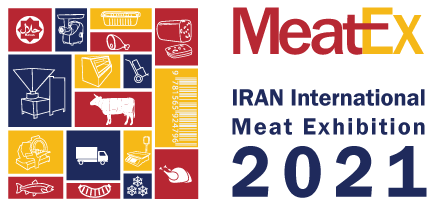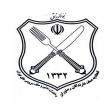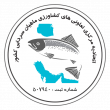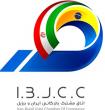Invest in Food Production: A Safe Bet at All Times
Investment in Food Industry: A Safe Bet at All Times
With the advent of industrialization, food production became mechanized and this essential sector turned into a highly lucrative business. The variety of products, emergence of new needs, production of food for livestock, poultry and domestic animals and the fact that the need for foodstuff is permanent and ever-growing make investment in the industry profitable, the Persian Daily Forsat-e Emrouz reported. All investors need to do is to identify and offer their products in untapped markets. As a developing country and one where a majority of the population are young, Iran has a market that provides a fertile ground for investments of all kinds, provided in-depth research is carried out beforehand.
Why Invest in Food Production?
One of the main factors that increase the appeal of food processing industry is the short pay-back period. Another factor is the variety of products that provides potential investors with options on which field to step in based on the amount of capital available. One can determine the targeted volume of a particular product, what machinery and equipment are required and how complicated or simple the process is going to be, all of which can vary the amount of capital needed for the business. The required space for doing business also depends on the production volume. As a result, people with different economic resources can also enter the field.
What Do Figures Say?
According to figures released by the Statistical Center of Iran, the food industry accounts for 18.3% of all Iranian industries, 15.1% of all employment, 8.93% of investments and 9.64% of the industrial added value. Statistics also show that more than a quarter of all the investments made in the country’s industry from the beginning of the current Iranian year (March 2016-17), have been in the field of food products and beverages. At present, around 16,500 food processing units with a nominal capacity of 100 million tons are active across the country. These production-on units are working with an operational capacity of 50 million tons and employ close to 430,000 people. Yet, investments in the field seem to be disproportionate to the demands of domestic and international markets. In fact, the capacity created for processing agricultural products such as milk and tomatoes as well as seafood is more than the raw material available for such activities, while in case of other produce such as grapes, dates, fruit, potatoes, onions and vegetables, where there is ample raw material available, the processing capacity is inadequate. Nowadays demand for packaged and high-quality food has had its beneficial effects on other industries and businesses. Supermarkets and hypermarkets are the main retailers of food products, with an annual global turnover of more than $4,000 billion.
Unstable Economy and Food Industry
During the past few years, though the economy was unstable due to the western sanctions imposed on the country over its nuclear program, investments in the field continued. Basically, the food industry in Iran has always enjoyed a satisfying marginal profit, even in periods of recession. Statistics show that the business has attracted $130 million worth of capital since the beginning of the current Iranian year (started March 20). Yet, success does not come about unless proper marketing and market studies are carried out and business owners use innovative methods in food production, sales and advertising. “We are thinking of producing more honey as well as jam since they have a big market in Russia and Japan. The required machinery for starting such a production unit can be purchased inside the country. Manual machinery costs about $29,000, but semi-automatic and fully-automatic machines are also available, which cost close to $85,000 and $289,000 respectively,” says Farzaneh Hamidpour, the head of board of directors at Aytaj Company. Aytal produces and exports honey, royal gel, nuts, vegetables and fruit. She said a 200- to 300-square-meter industrial shed is needed for this kind of activity. “Packaging must follow special standards and brands have to be printed on the products. This is what our foreign customers demand. The Chinese even order the color they want on their packaging,” she said. Hamidpour said the production and processing of foods that are high in nutritional value can guarantee the success of a business, since there is a voracious market for these products. “Furthermore, by processing foods, we no longer export the raw materials and this way we can benefit from the resulting added value and create brands as well as numerous jobs,” she concludes.






















